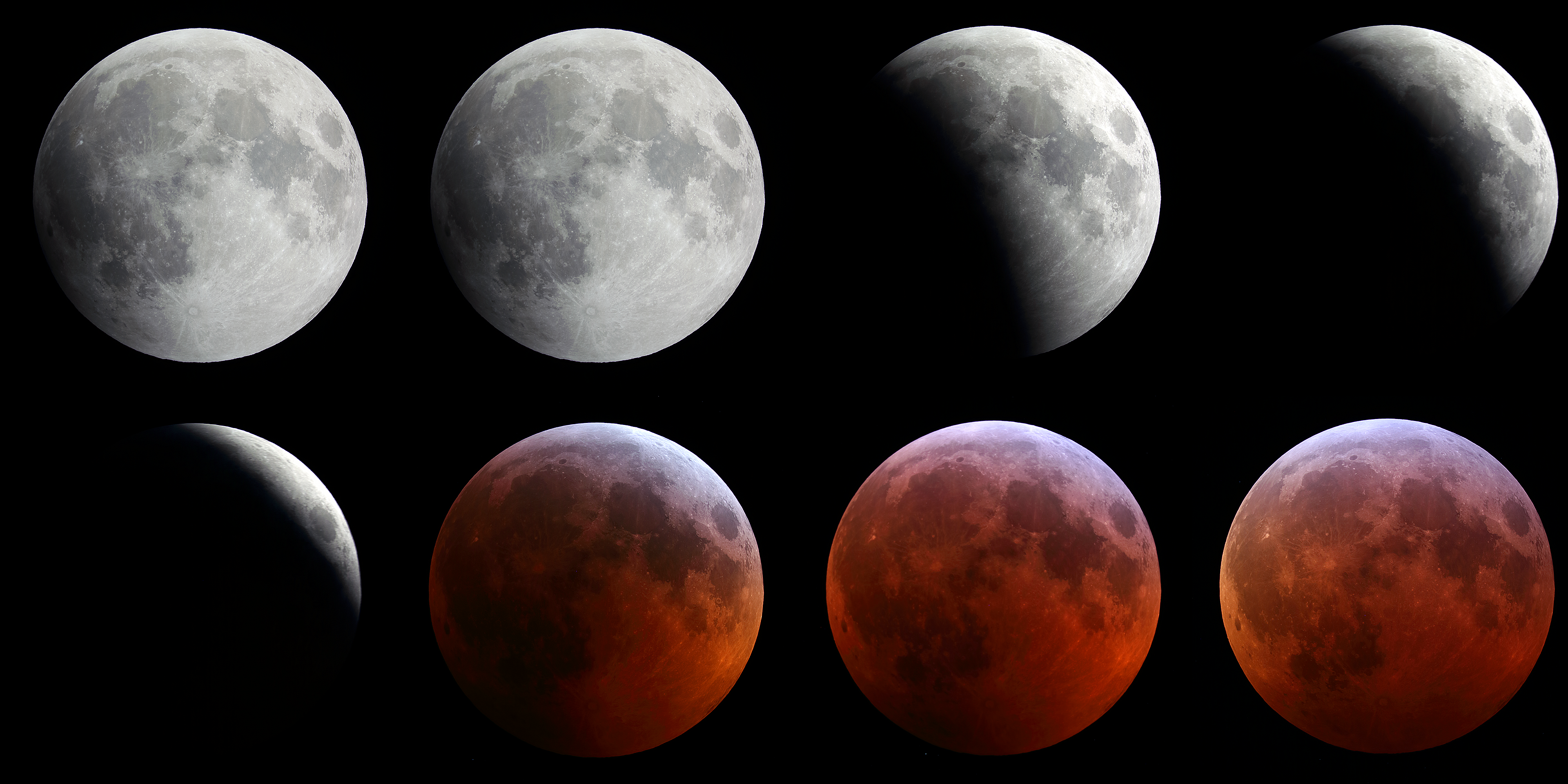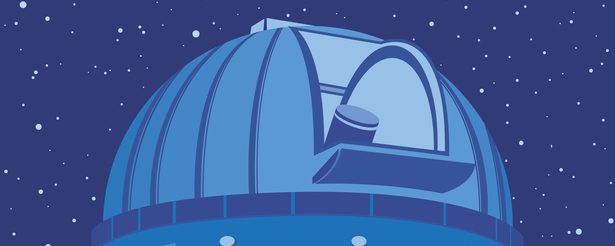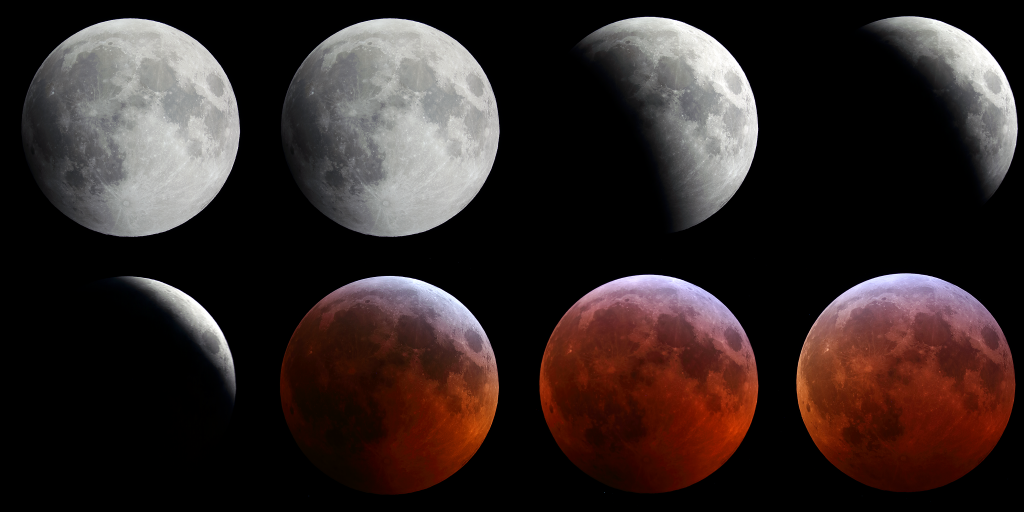
Similar Posts

The “Christmas Star?” Not really.
On December 21, 2020, something really special happened in the sky: Jupiter and Saturn had an approach so close that it only happens every 800 years or so. They were so close in the sky that to the unaided eye, they looked like a single, bright star. This led many to proclaim it to be…

The Lagoon Nebula (M8)
This is a bright, popular nebula deep within the summer Milky Way… but it’s low in the sky, and this is the first time I’ve been able to capture it above the trees. Still, short summer nights and cloudy summer weather present its challenges. Shown processed in the “Hubble palette” and an approximation of its…

Space Tulip and a Black Hole!
This is the Tulip Nebula in Cygnus, but see that shell-like structure just above it, to the right a little? That’s the bow shock wave of Cygnus X-1, a stellar-mass black hole! It’s one of the most powerful X-ray sources in the sky – but don’t worry, our atmosphere protects you from it. 20 hours…

The Eagle Nebula – sans stars
This image was something of a happy accident – I spent a night capturing narrowband data on M16, the Eagle Nebula (home of the famous “pillars of creation”.) Of course I had to try reproducing the iconic Hubble image as best I could, but the color palette they use results in big, ugly, magenta-colored stars….

The Great American Eclipse
I wasn’t able to travel to the path of totality, but here from Florida we still had a partial eclipse. Here’s my shot at its peak, viewed through a special solar telescope using a Hydrogen-Alpha filter to bring out all the roiling detail of the sun’s surface. Check out those prominences around the edge!

The Spider Nebula
Here’s IC417, commonly known as the “Spider Nebula.” Just outside of the frame is a smaller one called the “Fly Nebula,” but my field of view isn’t quite big enough to capture them together! It’s about 10,000 light-years away, in the constellation Auriga. Imaged over 15 hours; narrowband nebula blended with RGB stars.

